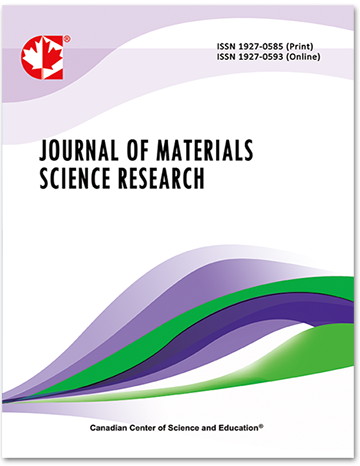Effect of Mortar Coating’s Bond Quality on the Structural Integrity of Prestressed Concrete Cylinder Pipe with Broken Wires
- Shaoqing Ge
- Sunil Sinha
Abstract
In North America, 90 out of 100 large water utilities utilize Prestressed Concrete Cylinder Pipe (PCCP) in their water transmission mains or force mains since 1942. This is mainly due to its low cost and relatively stable performance compared with other large-diameter pipe materials working under high-pressure. Though PCCP has relatively low failure rate, its failures usually occur without warning and can cause catastrophic consequences, threatening public safety. Most PCCP failures are caused by the breakage of prestressing wires that hold the pipe in compression. To be proactive and avoid PCCP failures, it is important to know the pipe condition and then take actions before it fails. Hence, numerical models have been developed to evaluate the pipe condition. However, current numerical models do not consider the bond between the presressing wires and mortar coating. Instead all broken wires are removed in the model. This is over-conservative and many good pipes had been misjudged to be “bad” pipes, causing unnecessary and very costly pipe excavation and replacement. To effectively and efficiently manage PCCP pipeline, it is very important to have a realistic modeling of the broken prestressing wires by considering the bond quality of the mortar coating.
This paper analyzes the effect of mortar coating’s bond quality on PCCP’s structural integrity. A theoretical approach is proposed to determine the length of broken wires losing prestress by considering the bond quality of the mortar coating. Based on the proposed method, a numerical model is developed and the pipe’s structural integrity is analyzed. Several cases with different bond qualities of mortar coatings are analyzed in this paper. The results are then compared and summarized. The simulations results indicate that PCCPs with good mortar bond are not compromised much, while the assumptions of current models are too conservative. The research presented in this paper provides a better understanding of the importance of considering bond quality in modeling PCCP. The findings of this research can help utilities better management their PCCP pipelines with different bond qualities.
- Full Text:
 PDF
PDF
- DOI:10.5539/jmsr.v4n3p59
Journal Metrics
Impact Factor 2022 (by WJCI): 0.583
Google-based Impact Factor (2021): 0.52
h-index (December 2021): 22
i10-index (December 2021): 74
h5-index (December 2021): N/A
h5-median (December 2021): N/A
Index
- CAS (American Chemical Society)
- CNKI Scholar
- Elektronische Zeitschriftenbibliothek (EZB)
- EuroPub Database
- Excellence in Research for Australia (ERA)
- Google Scholar
- Infotrieve
- JournalTOCs
- LOCKSS
- NewJour
- PKP Open Archives Harvester
- Qualis/CAPES
- SHERPA/RoMEO
- Standard Periodical Directory
- Universe Digital Library
- WJCI Report
- WorldCat
Contact
- John MartinEditorial Assistant
- jmsr@ccsenet.org
